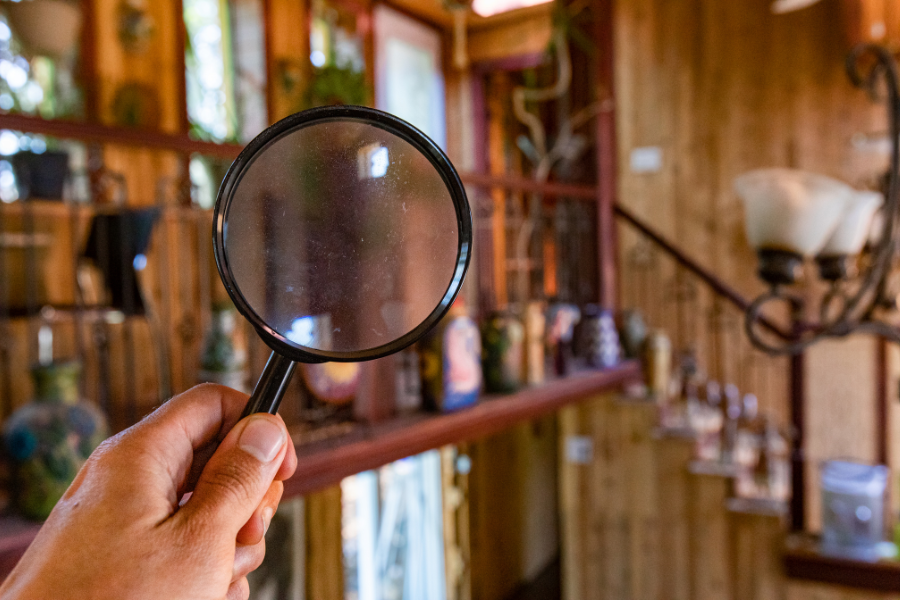April 1 is the perfect occasion for little white lies and playful tricks. However, when it comes to the air we breathe indoors—there’s no room for tomfoolery. Contrary to popular belief, indoor air can be two to five times more polluted than outdoor air (U.S. Environmental Protection Agency). Let’s not forget that indoor air pollutants abound! Since most families spend a lot of time at home, it’s essential to clear the air (pun intended) of common IAQ (indoor air quality) myths.
Myth #1: Home Air is Always Cleaner
When comparing smog-filled cities versus our pristine homes, it may seem like the clear winner is the latter. This just leads to misconceptions about air purity. While it’s true that outdoor air is polluted because of vehicles, cigarettes, factories, etc., indoor environments also harbor contaminants. These include:
- Dust mites
- Mold and mildew
- Pet dander
- VOCs or Volatile organic compounds from paints, furnishings, and cleaning supplies
- Cooking and shower fumes
- Respiratory gasses
Ensuring proper ventilation and using IAQ products like air purifiers can greatly improve indoor air quality.
Myth #2: Indoor Plants are Enough to Clean Air
Plants use carbon dioxide and expel oxygen through photosynthesis. Some like snake plants or aloevera even capture toxins. However, the truth is the scale at which they purify air is far less than what’s needed to make a dramatic difference in IAQ standards.
If you’re serious about indoor air cleaning and following indoor air quality guidelines, consider investing in a HEPA air filter. Enjoy that together with your green friends, known for their beauty and wellness benefits.
Myth #3: If You Can’t See or Smell Pollution, It’s Not There
Fighting pollutants is a tough battle because indoor air toxins can be invisible and odorless. To illustrate, carbon monoxide is a deadly gas that’s undetectable without a specialized alarm. Other silent offenders include:
- Formaldehyde- chemical commonly found in building materials and furniture
- CO2- carbon dioxide gas we living beings exhale or is emitted by a gas stovetop, oven, and boiler
- Radon- a naturally-occurring radioactive gas that can enter buildings from the ground
Proper testing and indoor air quality sensors for specific gasses are key to identifying and mitigating these hidden hazards.
Myth #4: Only Old Buildings Have Problematic Air Quality
A misconception persists that newer structures are free from air quality problems due to modern construction standards and materials. However, these buildings can sometimes be tightly sealed, reducing airflow and trapping pollutants inside.
Furthermore, new materials can off-gas VOCs, contributing to poor indoor air. Regardless of a building’s age, indoor air quality strategies state that regular assessments for air quality are necessary to ensure a healthy indoor environment.
Myth #5: Regular HVAC Maintenance Isn’t Needed
An out-of-sight, out-of-mind approach to HVAC systems could circulate poor air around your home. Imagine breathing in dirty air! These systems need regular check-ups and filter changes to function correctly. Neglecting these tasks may result in the spread of contaminants throughout your home.
Remember, IAQ solutions like a purifier or vacuum cleaner will work harder if you don’t clean your systems. A properly maintained HVAC system can significantly enhance air quality.
Myth #6: Air Fresheners Boost Air Quality
Air fresheners mask unpleasant odors, but they introduce additional toxins to your home. Many sprays and sachets are laden with chemicals that contribute to indoor air pollution, which trigger allergies or asthma. Don’t just cover up bad odor, it’s better to eliminate their sources!
Myth #7: Opening windows always improves IAQ
While fresh air from outside can be beneficial, it’s not always the case. Depending on outdoor pollution levels and environmental factors like pollen or nearby construction sites, opening windows may introduce more pollutants into your home than it removes. Proper ventilation strategies, including using air purifiers and monitoring indoor air quality, are essential for maintaining a healthy indoor environment.
Final Thoughts
Air quality should be taken seriously to protect our health. By debunking these myths, we encourage better practices for cleaner air indoors. Regular cleaning, proper ventilation, conscious choices about household products, and investment in air purifying technology like a uHoo indoor air quality monitor can all support a healthier home. Experience real-time insights with uHoo’s advanced IAQ sensor, delivering vital data on essential air quality factors. Don’t be fooled by common misconceptions—take control of your indoor air ASAP.



